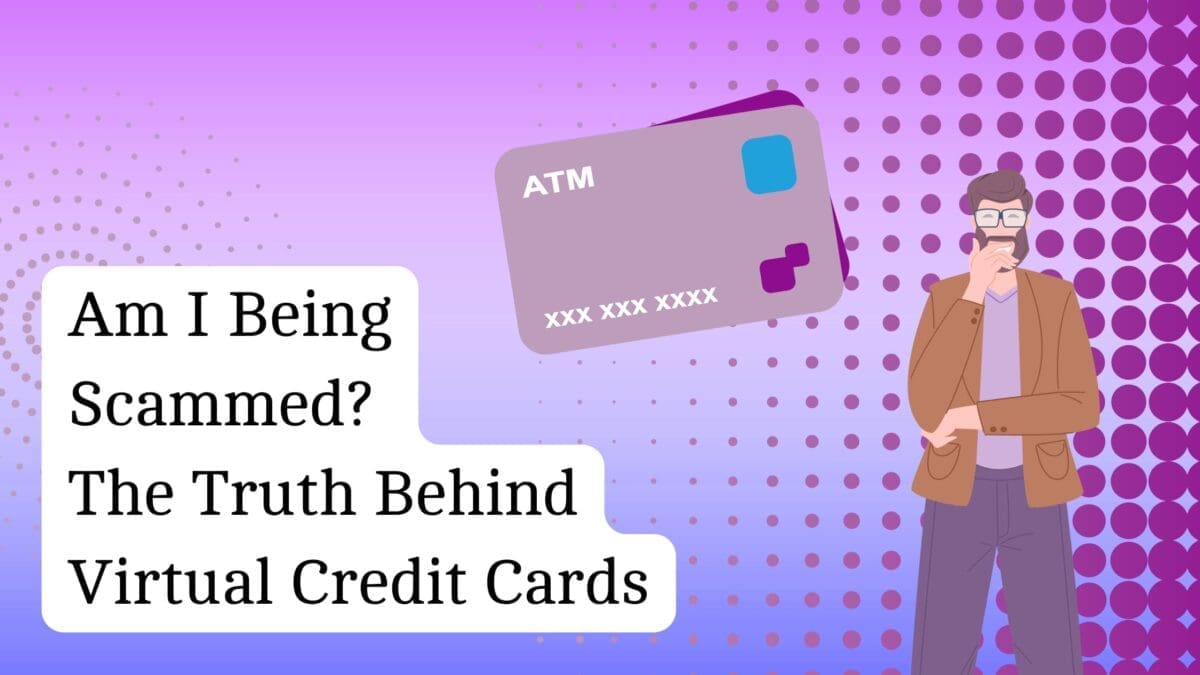Did you get a piece of paper in the mail with what appears to be an outline of a credit card with numbers and a whole bit? What are these and are they legit?
It’s no secret the internet is slowly taking over. Everything is becoming ‘optimized & automated’. After COVID, the virtual world skyrocketed as we know it. It’s no surprise credit card companies have wanted an in. These virtual credit cards advertise as a streamlined way to make purchases and keep up with payments. Much like everything else, virtuality has its pitfalls. Not everything is meant to be optimized. Have you ever been on the phone with a large company, needing assistance, but find it takes an endless amount of time to reach an actual person? Virtual robots can’t assist you the way human interaction can.
Providers are getting buried in a sea of virtual credit cards coming from all different insurance companies – companies as large as UnitedHealthcare to small private union insurance funds. The appeal behind these virtual cards can be rooted within streamlining the process. Insurers are trying to reduce costs by outsourcing payment processing. Printing checks requires supply costs as well as people to print and handle these checks. The downfall of checks include getting lost mail. The advantage of virtual credit cards means it’s easier to track. Since the credit card isn’t tangible, the balance can’t get lost.
Each insurer has different needs. Providers must figure out what is the best option for them – virtual credit cards, physical checks or direct deposits. All fees need to be examined as well as the time it may take if checks get lost. Some corporations find it beneficial to outsource to virtual assistance – saving them time to get back to their main job duties. The right virtual credit card can also help protect personal information and privacy. Virtual cards generate new card numbers, so that individual account numbers can stay confidential.
Providers get dinged with fees since they have to run the cards through a merchant service provider (credit card servicer) that will deposit the funds into their bank account. If you decide a virtual credit card is not your jam. You must initial the “opt-out” of these cards and select check or direct deposit. Keep in mind some of the direct deposit options through these outsourced vendors also charge a fee.
All in all, there’s a give and take between payment options. Each individual requires different needs. And it’s important to seek counsel when choosing the best option. At PractiSynergy, we work closely with clients to give them the best option for their unique needs. To get informed about our medical coding and billing services, reach out to Katie Fergus. Call 515.412.2800 or email katie@practisynergy.com.



